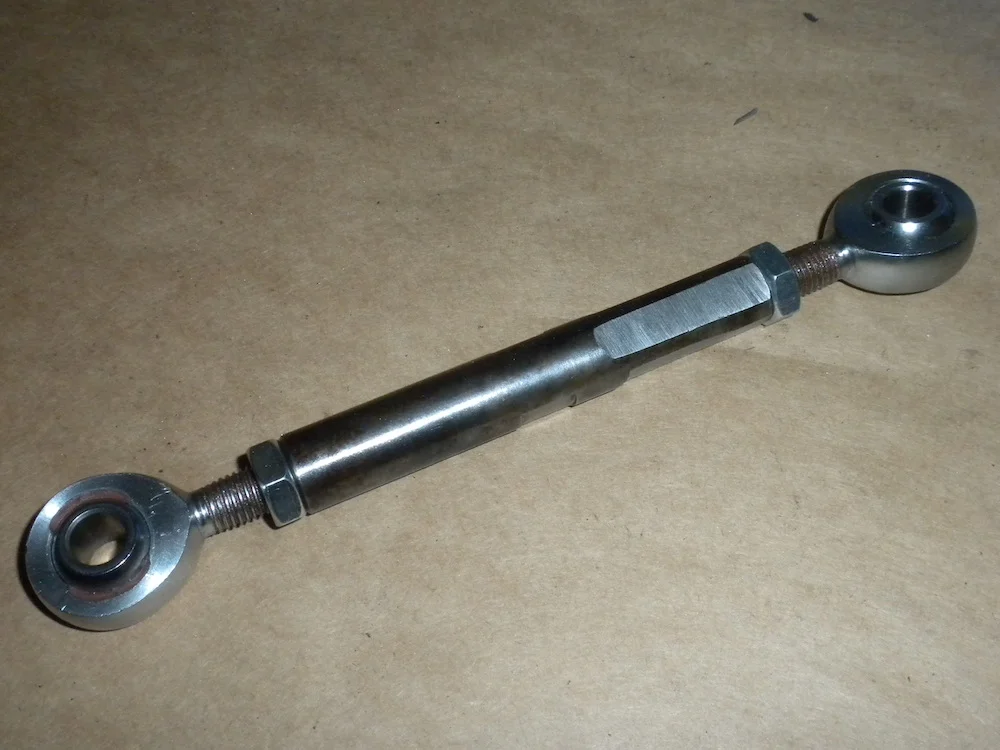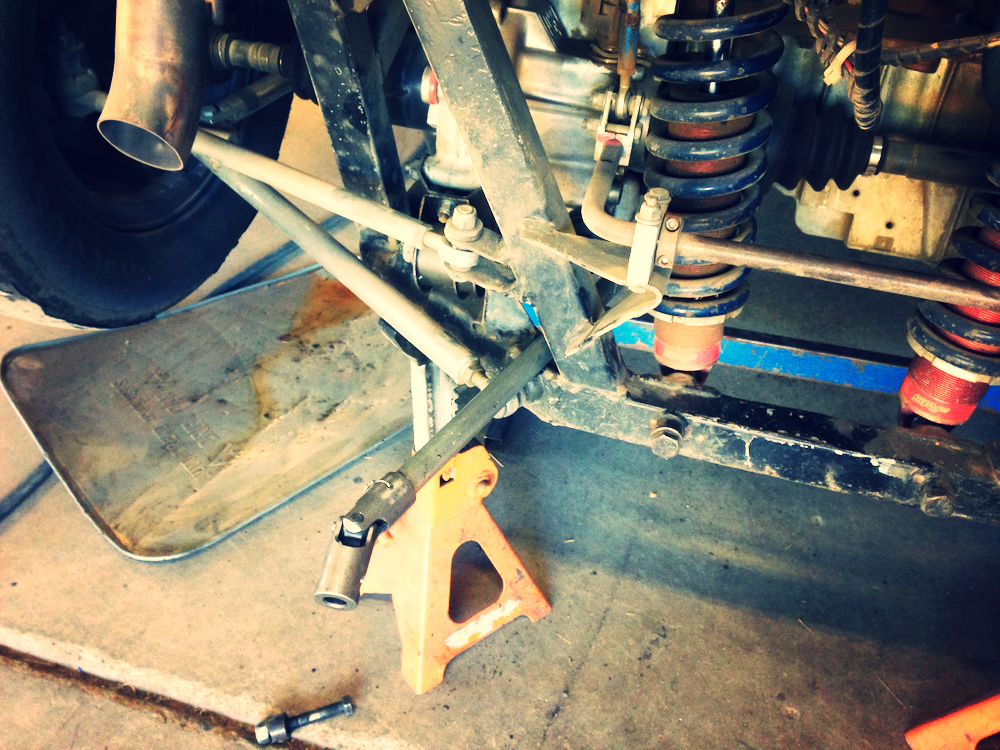Unlike most production cars the seat in the Spec Racer Ford doesn't move. To accommodate shorter and taller drivers the pedal assembly moves back and forth. During endurance events the pedals can be quickly slid into place by the pit crew if they have the right set of tools.
Tools and Equipment
1/2 inch spanner
1/2 inch socket
Impact driver with socket attachment, or
3/8ths drive ratchet
Moving the Pedals
The pedal assembly can be moved faster if there are two people on either side of the cockpit.
The three pedals and dead pedal are all mounted hanging above the drivers feet on square tubing.
The square tubing also includes all the bracketry and mounting hardware for the throttle cable, brake bias adjuster, and the brake and clutch master cylinders.
Remove the front nose and you can easily access the pedal assembly.
On each side of the chassis there are multiple through holes that run along the upper frame rails allowing the pedal assembly to move forward and aft.
Loosen the two bolts on each side of the chassis using a 1/2 inch spanner, socket and ratchet. A cordless impact driver can speed up the process for quick changes.
There is also backing plate behind the chassis raisl to remove.
Slide the pedals back to a position you like lining them up with the holes in the frame rails. For quick changes we mark the pedal positions on the frame rails with a paint pen. See the blue marks I use in the photos.
Quick pedal change during the NASA 25 Hours of Thunderhill
Insert the two bolts back into place on either side of the cockpit. Make sure to use the backing plates, then nut and tighten in place. You want to be sure that these bolts are good and tight. You do not want the pedals to flex and move around while driving.
Replace the front nose and you are good to go.






















A common question asked by racers is what radios should I buy for my race car? We talk to Shawn Sampson of Sampson Racing Communications to get the low down on what racers need and why you should go digital.